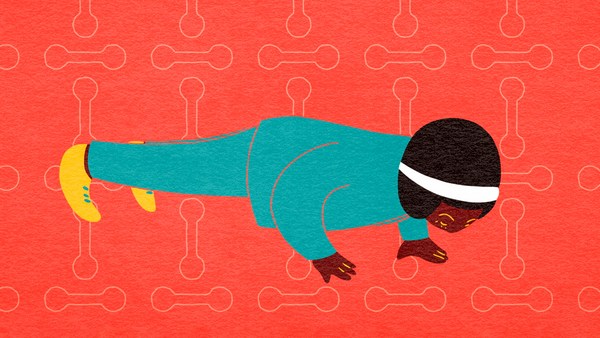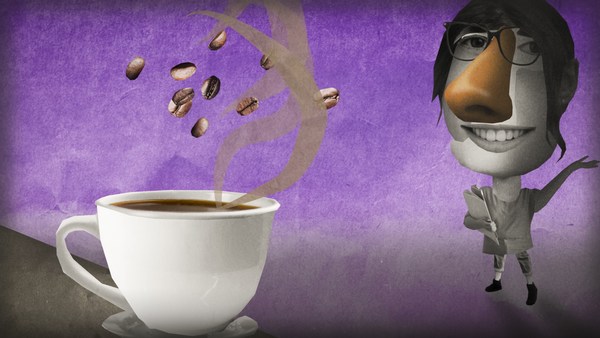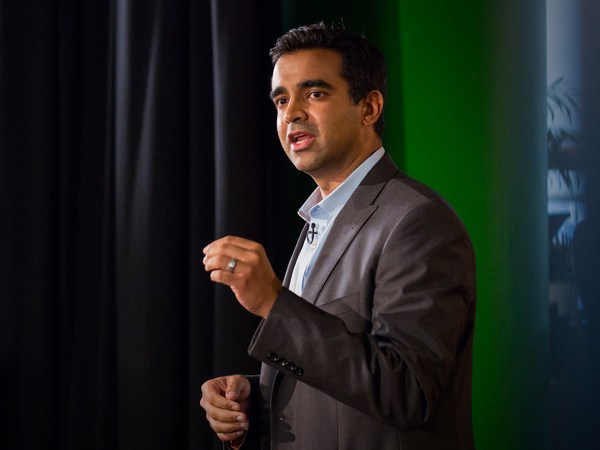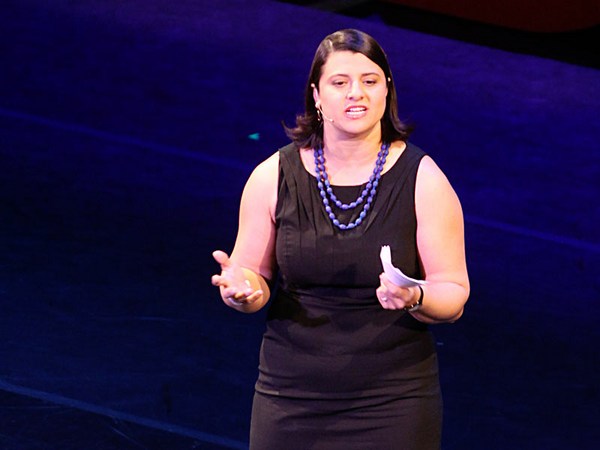Opioids are one of the most commonly prescribed painkillers. From broken ribs to back pain to treating pain after surgery. But there's a lot of misconceptions around them, so it's important to take the time to understand them better.
[Body Stuff with Dr. Jen Gunter]
The first misconception is that opioids are the best, strongest form of pain medication. But in almost every well-designed study comparing opioids to anti-inflammatory drugs such as ibuprofen, the anti-inflammatories come out on top. From a safety or effectiveness perspective, or both.
Let's talk about the effectiveness first. How do opioids work? To understand that, we have to first know a little bit about how pain works. Pain is our body's way of telling us that something's wrong. You stubbed your toe, you burned your hand. Pain gives us the message that it's time for us to rest, recover and treat the damage.
In the body, pain is created by multiple chemical signals and receptors, and different medications can target different parts of that pain pathway. Medications like acetaminophen, such as Tylenol, or nonsteroidal anti-inflammatory drugs, also known as NSAIDs, like ibuprofen, aspirin and naproxen, all treat pain in different ways from opioids. Opioids work by binding to and activating the opioid receptors located throughout the body, blocking pain signals. This activation also triggers the release of dopamine, a hormone associated with pleasure. So in addition to pain relief, some people can feel relaxed or even euphoric. In higher doses, opioids can affect cognition and even breathing.
But here's a really important point that people often don't know. Opioid receptors can adapt, often in a short amount of time, to expect opioids. And when a patient doesn’t take them, they experience symptoms of withdrawal. And withdrawal is very uncomfortable. People can mistake that discomfort for thinking the opioids were actually working. And what people don't know is this can happen after just a few doses.
When you're a patient needing relief from pain, it can be confusing to know the difference. All you want is to feel normal again. In this way, opioids, if not used very carefully and intentionally, can create physical dependence. They can also paradoxically worsen pain. And there's a risk of developing addiction.
There's nuance here. People who have become physically dependent often don't even know they are. They just know that the opioids seem to be offering relief without realizing that they could actually be contributing to the pain.
I want to be clear here. Opioids can be effective, appropriate therapy, but they should be prescribed with great care. This is the doctor's responsibility.
Here's some advice so you can be an educated patient. If you or a loved one experience acute pain, ask to explore alternatives to opioids like Tylenol, NSAIDs, muscle relaxants and physical therapy. If your doctor doesn’t bring those up first, and if you or a loved one are prescribed opioids, make sure your doctor has a plan to taper you off, accounting for the risk of dependence.
And finally, ask for naloxone. This is a drug that can reverse opioid overdose. It can be easy to forget if you’ve taken a dose, and you never know who in your household could take your medication. Naloxone can literally save a life.
Remember, when it comes to pain, opioids are not always the most effective way to safely offer relief. And when they are prescribed, they should always be prescribed with a plan.





